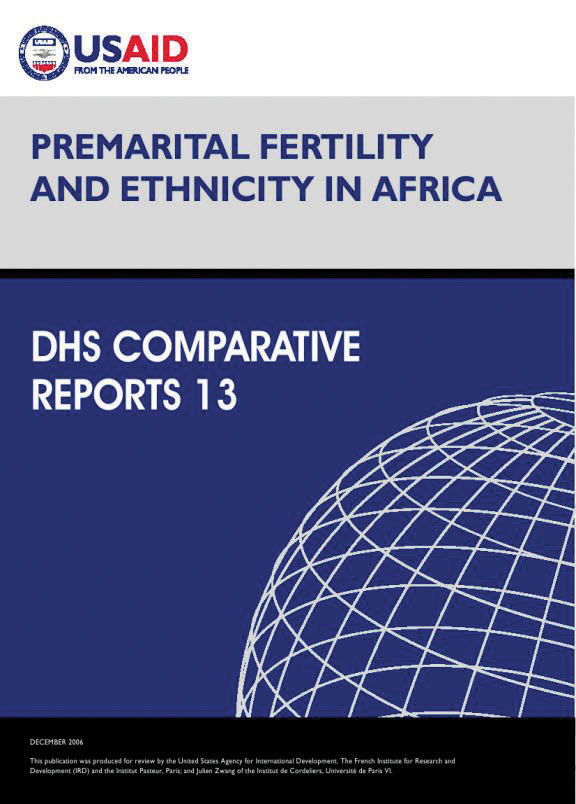
Abstract:
The study describes patterns of premarital
fertility in 25 countries from sub-Saharan
Africa. Premarital fertility is defined as
giving birth before a woman’s first marriage,
whether formal or informal. Data were taken
from 43 DHS and related surveys. On average
in the selected countries, about one woman
out of five experiences a premarital birth.
Prevalence of premarital fertility varies
markedly by country (from 2.4% to 60.2%), and
even more by ethnic group (from 0.1% to
76.2%). Premarital fertility is the result of
a complex process, influenced by age at first
marriage, age at first intercourse,
contraceptive use and cultural factors, which
all vary by ethnicity. An analysis of 263
ethnic groups shows that age at first
marriage is by far the most important of
these factors. In addition, factors linked to
modernization and religion also have an
influence on the prevalence of premarital
fertility: urbanization, modern education,
wealth and being Christian have a positive
correlation with premarital fertility,
whereas being Muslim or in a polygamous union
have negative correlations. However, even
taking into account demographic and
socioeconomic factors, the variance of
premarital fertility remained high, showing
the effect of cultural factors. The
demographic evidence presented in this
analysis appeared consistent with the
ethnographic record, which distinguishes
between repressive and permissive societies.
The Appendix presents the details of
premarital fertility by ethnicity for each
country considered.
